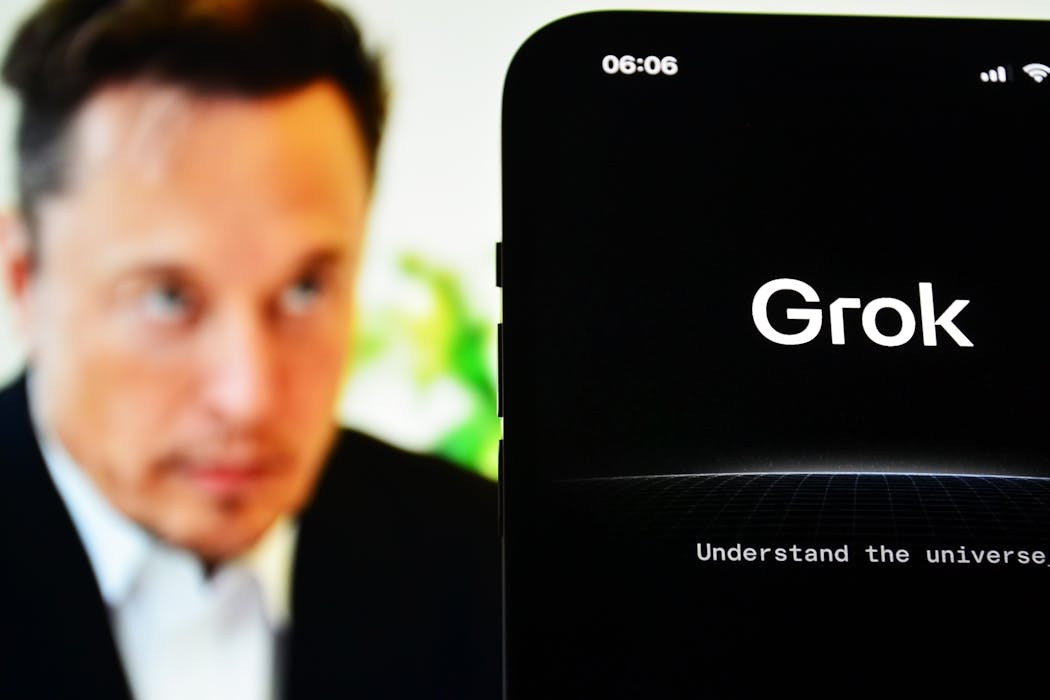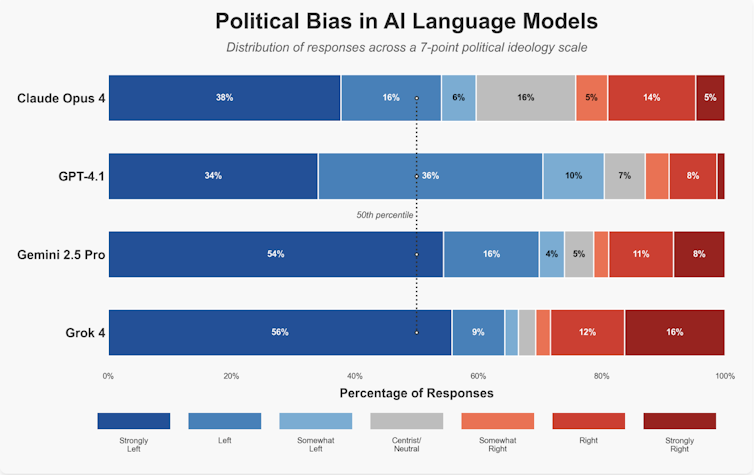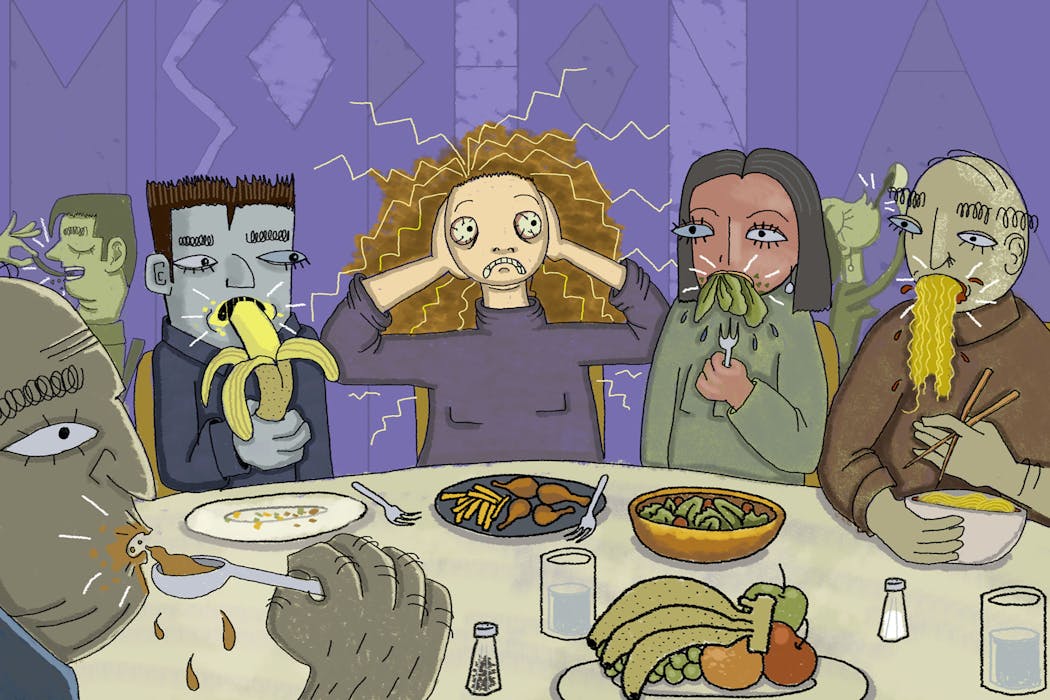Source: The Conversation – UK – By Antonio Cerella, Senior Lecturer, Social and Political Studies, Nottingham Trent University
There’s no doubt that artificial intelligence (AI) will have a profound impact on our economies, work and lifestyle. But could this technology also shape the way we think and speak?
AI can be used to draft essays and solve problems in mere seconds that otherwise might take us minutes or hours. When we shift to an over-reliance on such tools, we arguably fail to exercise key skills such as critical thinking and our ability to use language creatively. Precedents from psychology and neuroscience research hint that we should take the possibility seriously.
There are several precedents for technology reconfiguring our minds, rather than just assisting them. Research shows that people who rely on GPS tend to lose part of their ability to form mental maps.
London taxi drivers once memorised hundreds of streets before the advent of satellite navigation. These drivers developed enlarged hippocampi as a result of this. The hippocampus is the brain region associated with spatial memory.
In one of his most striking studies, the Russian psychologist Lev Vygotsky examined patients who suffered from aphasia, a disorder that impairs the ability to understand or produce speech.
When asked to say “snow is black” or to misname a colour, they could not. Their minds resisted any separation between words and things. Vygotsky saw this as the loss of a key ability: to use language as an instrument for thinking creatively, and going beyond what is given to us.
Could an over-reliance on AI produce similar problems? When language comes pre-packaged from screens, feeds, or AI systems, the link between thought and speech may begin to wither.
In education, students are using generative AI to compose essays, summarise books, and solve problems in seconds. Within an academic culture already shaped by competition, performance metrics, and quick results, such tools promise efficiency at the cost of reflection.
Many teachers will recognise those students who produce eloquent, grammatically flawless texts but reveal little understanding of what they have written. This represents the quiet erosion of thinking as a creative activity.
Quick solutions
A systematic review, published in 2024, found that over-reliance on AI affected people’s cognitive abilities, as individuals increasingly favoured quick solutions over slow ones.
A study that surveyed 285 students at universities in Pakistan and China found that using AI adversely affected human decision making and made people lazy. The researchers said: “AI performs repetitive tasks in an automated manner and does not let humans memorise, use analytical mind skills, or use cognition.”
There is also an extensive body of work on language attrition. This is the loss of proficiency in language which can be seen in real-world scenarios. For example, people tend to lose proficiency in their first language when they move to an environment where a different language is spoken. The neurolinguist Michel Paradis says that “attrition is the result of long-term lack of stimulation”.
The psychologist Lev Vygotsky believed that thought and language co-evolved. They were not born together, but through human development they fused in what he called verbal thought. Under this scenario, language is not a mere container for ideas, but is the very medium through which ideas take shape.
The child begins with a world full of sensations but poor in words. Through language, that chaotic field becomes intelligible. As we grow, our relationship with language deepens. Play becomes imagination and imagination becomes abstract thought. The adolescent learns to translate emotions into concepts, to reflect rather than react.
This capacity for abstraction liberates us from the immediacy of experience. It allows us to project ourselves into the future, to reshape the world, to remember and to hope.
But this fragile relationship can decay when language is dictated rather than discovered. The result is a culture of immediacy, dominated by emotion without understanding, expression without reflection. Students, and increasingly all of us, risk becoming editors of what has already been said, where the future is built only from recycled fragments of yesterday’s data.
The implications reach beyond education. Whoever controls the digital
infrastructure of language also controls the boundaries of imagination and debate. To surrender language to algorithms is to outsource not only communication but sovereignty – the power to define the world we share. Democracies depend on the slow work of thinking through words.
When that work is replaced by automated fluency, political life risks dissolving into slogans generated by no one in particular. This does not mean that AI must be rejected. For those who have already formed a deep, reflective relationship with language, such tools can be helpful allies – extensions of thought rather than substitutes for it.
What needs defending is the conceptual beauty of language: the freedom to build meaning through one’s own search for words. Yet defending this freedom requires more than awareness – it demands practice.
To resist the collapse of meaning, we must restore language to its living, bodily dimension, the difficult, joyful labour of finding words for our thoughts. Only by doing so can we reclaim the freedom to imagine, to deliberate, and to reinvent the future.
![]()
Antonio Cerella does not work for, consult, own shares in or receive funding from any company or organisation that would benefit from this article, and has disclosed no relevant affiliations beyond their academic appointment.
– ref. How generative AI could change how we think and speak – https://theconversation.com/how-generative-ai-could-change-how-we-think-and-speak-267118















